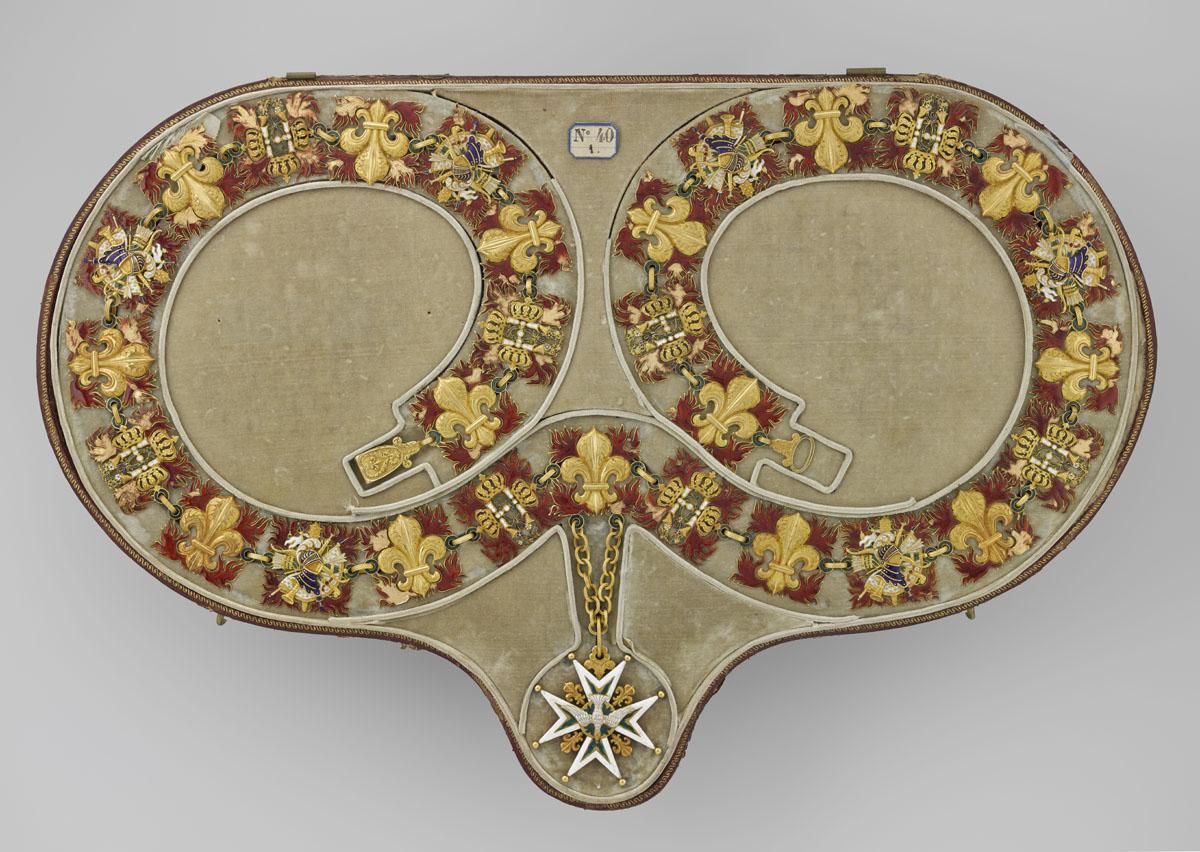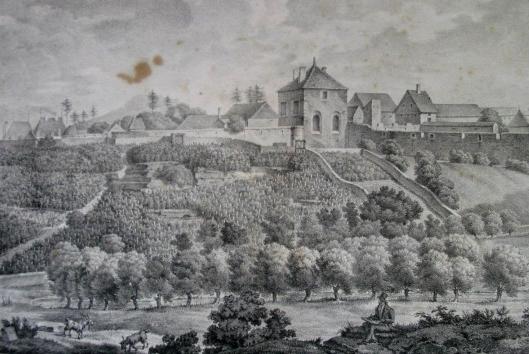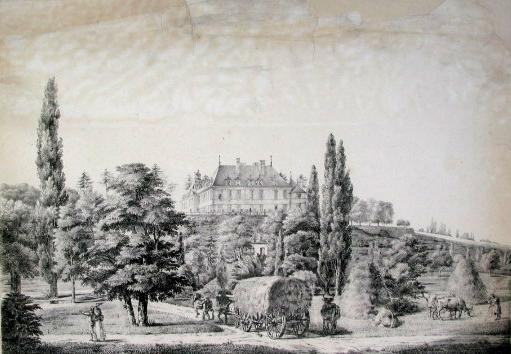Auguste-Frédéric-Louis Viesse de Marmont was born in Châtillon-sur-Seine on July 20, 1774. A nobleman by birth, he chose a military career early on after meeting Napoleon Bonaparte in Dijon. He later fought alongside him at the Siege of Toulon and took part in the Italian, Egyptian, and Spanish campaigns. Named Marshal of France in 1809, he became Duke of Ragusa (modern-day Dubrovnik). Though a capable soldier, Marmont is best remembered for his skills as an administrator. As Governor of the Illyrian Provinces (in present-day Croatia), he modernized the region so effectively that his legacy is still remembered today—even in video games where he appears as a main character.
Picture : Marshal Marmont, by Jean-Baptiste Paulin Guérin; 19th century, oil on canvas ; On loan from the Musée-Château de Versailles. This portrait was commissioned by King Louis-Philippe in 1837 for the creation of the Gallery of Generals at the Château de Versailles.














